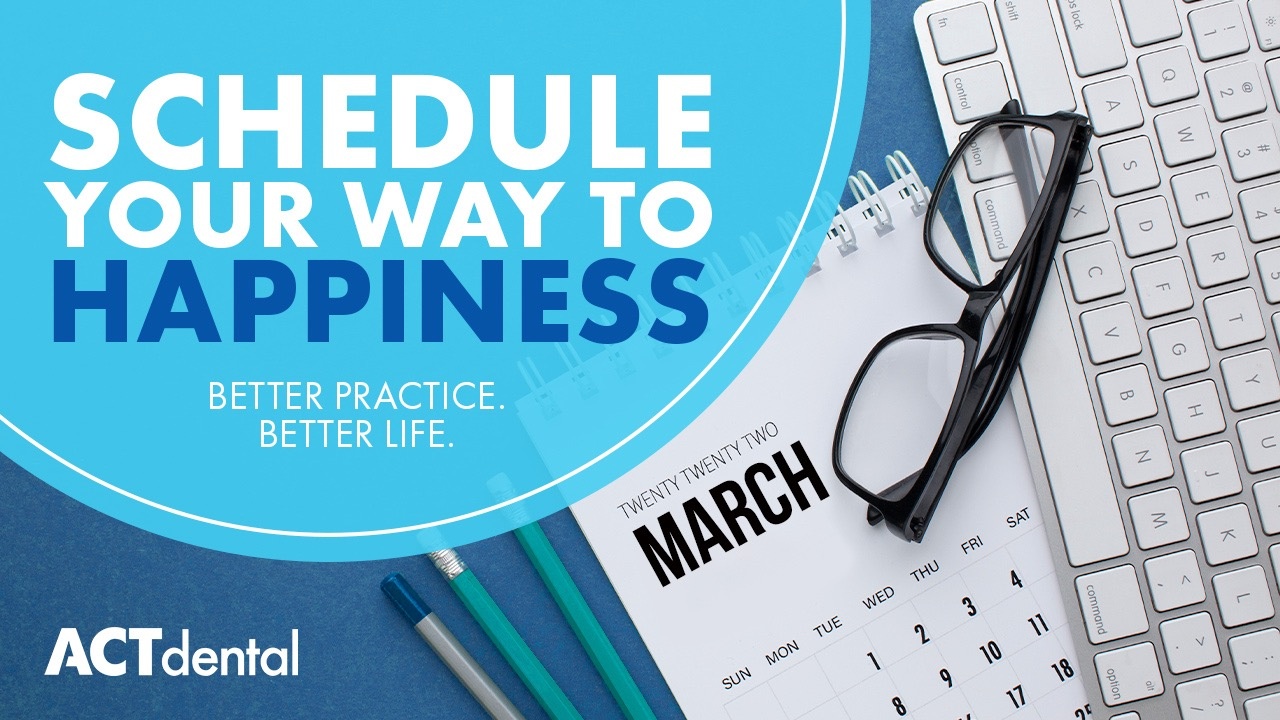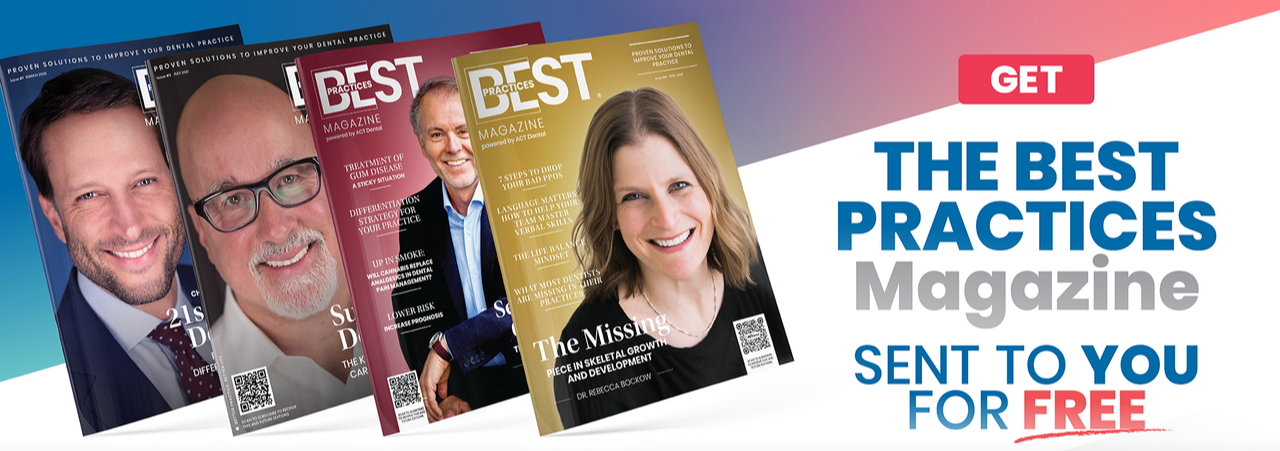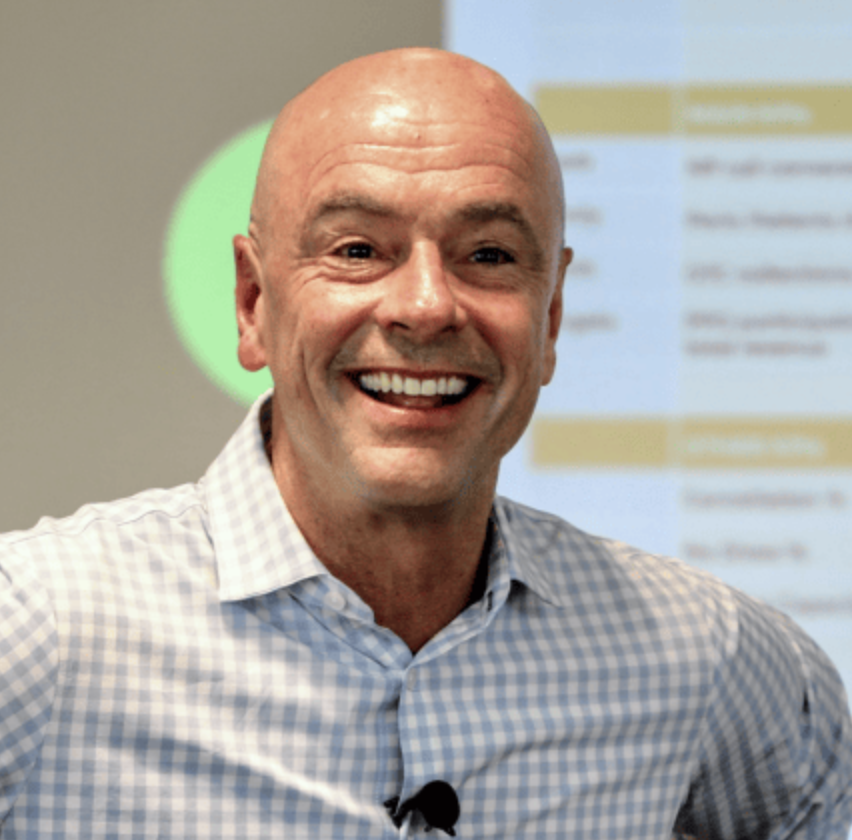A good schedule is the backbone of a practice, but too often it doesn’t receive proper attention. As a result, your schedule is either too full, too empty, or full of holes. Everyone has their own idea of what a good schedule should be, and there’s often a huge struggle between reception and the back, or the doctor and the assistants, over how scheduling should work. I’ve worked with many different teams in my time as a coach, and in that time I identified the three elements that make up an effective schedule: a good schedule needs to be Predictable, Profitable, and Productive. Once you learn how to make your schedules follow that rubric, you’ll find that both you and your team are happier, less stressed, and more successful.
Focus your energy where it matters
Though all three of these “Ps” need to be part of your schedules, predictability is the most important. With predictability comes profits and productivity, so it’s where I advise teams to focus initially. Predictability means more than just knowing exactly when a patient is going to show up—it’s a goal that requires you to do your homework and due diligence to learn what each procedure requires, as well. For example, when I do a crown preparation, I know that it’s going to take six or seven units. If it’s a seat crown—three units. Once you get that procedure predictable, then any appointments for that procedure will be predictable.
Of course, predictability in procedures is a whole different matter than patient predictability; however, like with procedures, if you put in some work, you can also make patient scheduling predictable. The key to creating a predictable patient schedule is understanding who you’re putting in the schedule. Start with Patient Identification—who shows up on time? Who accepts treatment? Who pays on time? When it comes down to it, you’re identifying which patients value what you do. These are your “A” patients, and they deserve prioritization. If you spend your time on a patient who doesn’t value you and shows up late, you’re going to make the person who showed up on time late as well. This tells your “A” patient that you don’t value them.
Kirk says that “80% of your production comes from your ‘A’ patients, and 80% of your headaches come from your ‘C’ patients,” and it’s so true. When you put your energy toward the patients who value you, you don’t have to worry about whether they’re going to show up or pay on time, and you become more productive. Don’t worry about chasing the “C” patients, the ones who don’t want to be there. They’re not inherently bad people, they just don’t share your values. As such, it’s important to see them on your terms, not theirs—use them as schedule fillers instead of relying on them to show up.
Plan to be profitable and productive
When it comes down to it, it doesn’t matter what your schedule looks like if you’re not profitable. Many doctors are reluctant to talk about numbers and money, but the truth is, as Kirk says, “Money is to your practice what oxygen is to your life.” Your practice needs to generate profit if it’s to survive, and the key to that is understanding what you need to collect each month, and then scheduling adequately to reach that break-even point. Keep in mind that you don’t want to just cram as many patients into the schedule as possible—you need to work strategically and predictably to be profitable. A crowded schedule isn’t necessarily going to make you profitable, but it will make you busy, and at ACT we like to say that “Busy isn’t a great word.”
Busy is fine when you know the schedule is filled with “A” patients, but you can’t just put things in the schedule and assume you’ll be productive—you need to think about what makes you productive. Is a schedule filled with “C” patients who aren’t going to pay on time better than a few “A” patients who will? Of course not! Understanding and paying attention to what you’ll collect is far more important than just having a full schedule.
Setting your goals
The secret to achieving the three “Ps” is to focus on your practice’s organization. Work with your team and discuss goals and expectations, and then empower them to help you achieve them. I like to have my teams debrief about the schedule and analyze both good and bad days to figure out what caused problems, and what went well. In this manner, they can evaluate how they approached problems, and what they can do differently in the future. Communication is vital to this process, and those looking to improve their skills need to check out Jenni Poulos’ Mastering Verbal Skills webinar for a comprehensive discussion of the subject.
When creating a schedule, start with a clean slate. Determine how much you want to work each year and create the schedule around that. I always advise doctors to schedule their time away from the office first, because you need to make time for your own life. Don’t try to cram your life into the times when you aren’t working—that’s a recipe for insanity. You need to create the schedule that you want, and it will make your life so much better.
To help you achieve these goals, check out ACT’s free resources. These documents are specially created to lead you to a more successful future, so don’t wait! And as always, the ACT Dental coaches are here to help. Reach out today to our team of talented coaches, who will help you schedule your way to a Better Practice, and a Better Life!
About the author: Christina Byrne is a Lead Practice Coach and Director of Operations at ACT Dental
Categories
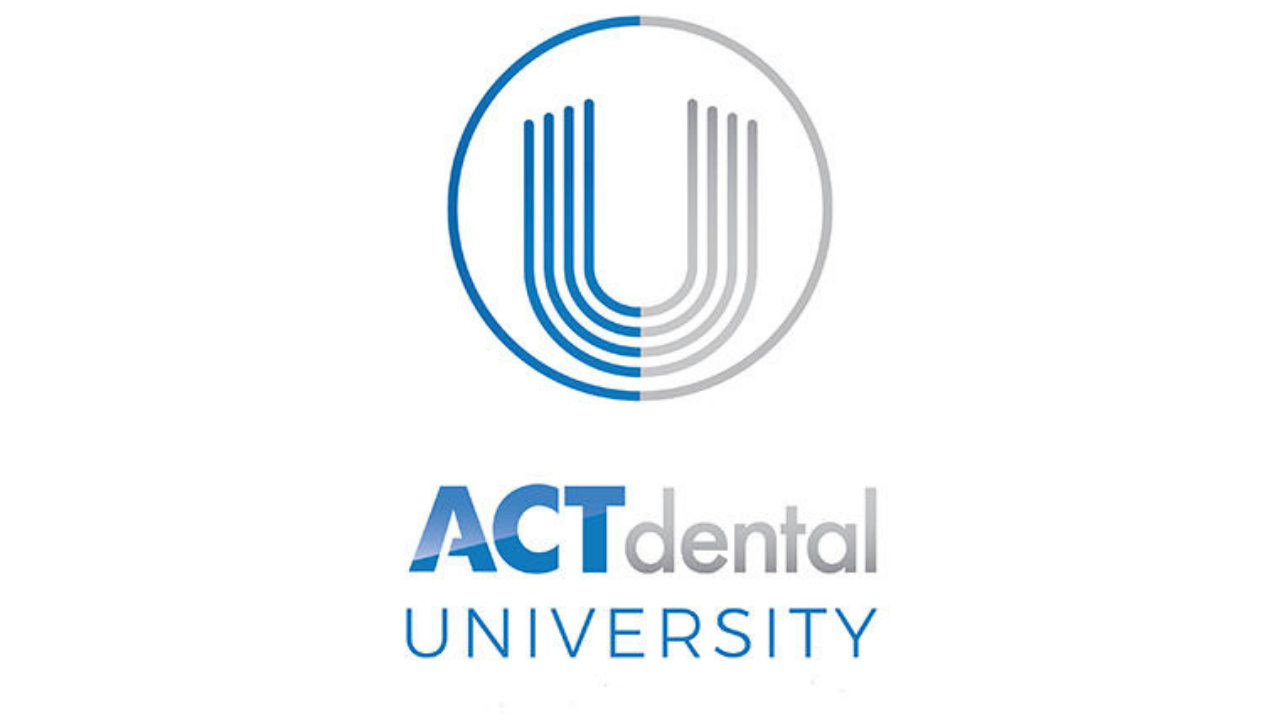
Get access to the best dental educators on the planet to bring you "best practices" and help you become the dentist you were called to be. Watch what you want, when you want it. It's 24/7 on-demand access. Friday's we host "Master Classes" with the very best dental speakers you will ever see.
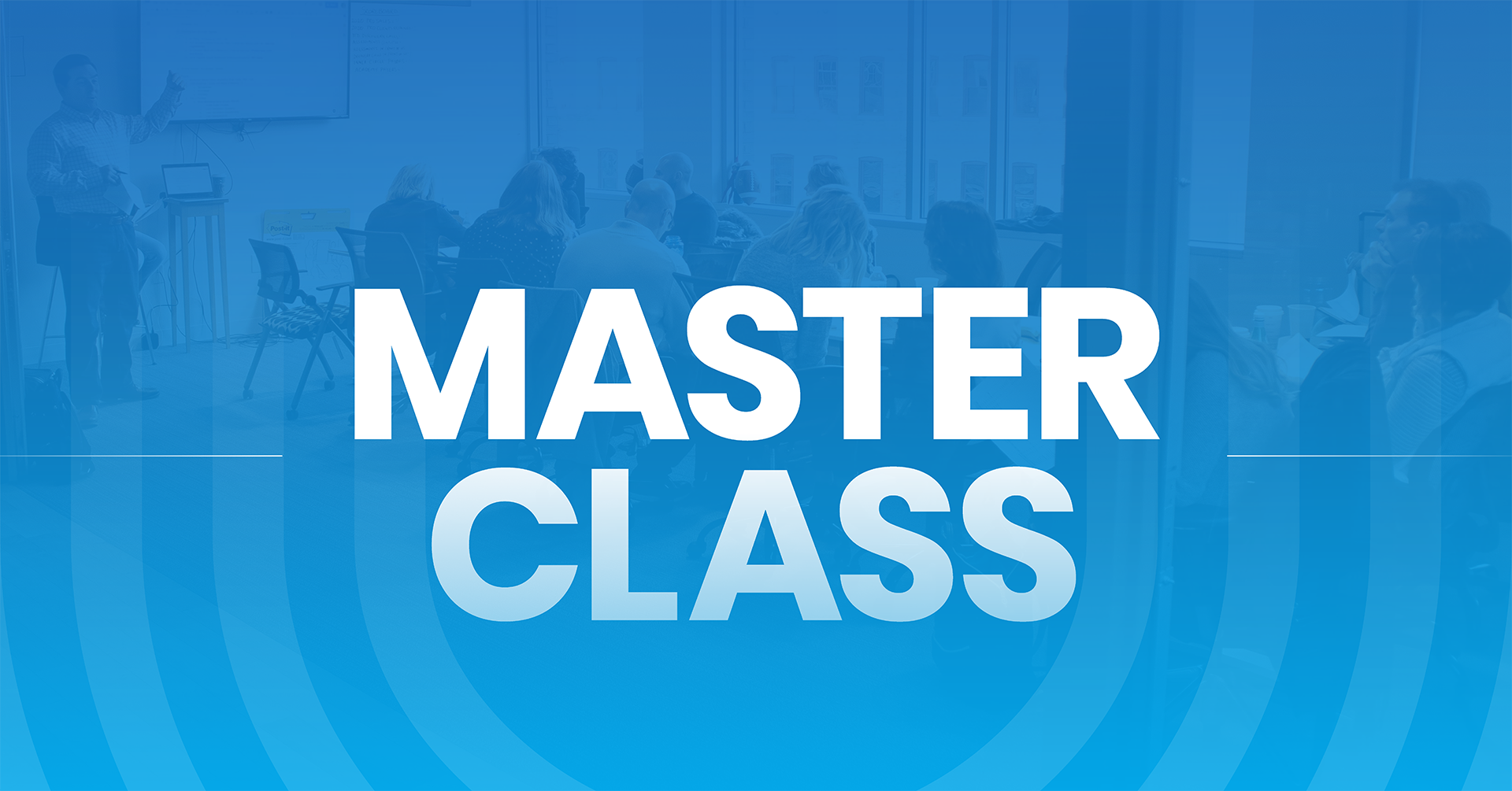
Reserve your spot at the next ACT Dental Master Class
Learn From One of the Best Educators During Our BEST PRACTICES MASTER CLASS Experience.
Kirk Behrendt
Kirk Behrendt is a renowned consultant and speaker in the dental industry, known for his expertise in helping dentists create better practices and better lives. With over 30 years of experience in the field, Kirk has dedicated his professional life to optimizing the best systems and practices in dentistry. Kirk has been a featured speaker at every major dental meeting in the United States. His company, ACT Dental, has consistently been ranked as one of the top dental consultants in Dentistry Today's annual rankings for the past 10 years. In addition, ACT Dental was named one of the fastest-growing companies in the United States by Inc Magazine, appearing on their Inc 5000 list. Kirk's motivational skills are widely recognized in the dental industry. Dr. Peter Dawson of The Dawson Academy has referred to Kirk as "THE best motivator I have ever heard." Kirk has also assembled a trusted team of advisor experts who work with dentists to customize individual solutions that meet their unique needs. When he's not motivating dentists and their teams, Kirk enjoys coaching his children's sports teams and spending time with his amazing wife, Sarah, and their four children, Kinzie, Lily, Zoe, and Bo.
RECENT POSTS
Data Snapshot: Diagnostic Percentage
December 05, 2025
978: Unfair Care – Dr. Bryan Laskin
December 05, 2025
The Secret To Getting Patients To Say Yes: Lead With The Headline
December 01, 2025
976 (877 Replay): Metric Mondays: What is Your “Production Story”? – Dr. Barrett Straub
December 01, 2025
4 Steps to Eliminate your Overdue Account Problems
November 28, 2025
975: Revenue Reality: Mastering Production & Write-Offs – Miranda Beeson
November 28, 2025
974: Where is the Profit Hiding? – Christina Byrne
November 26, 2025
What Really Holds You Together?
November 24, 2025
